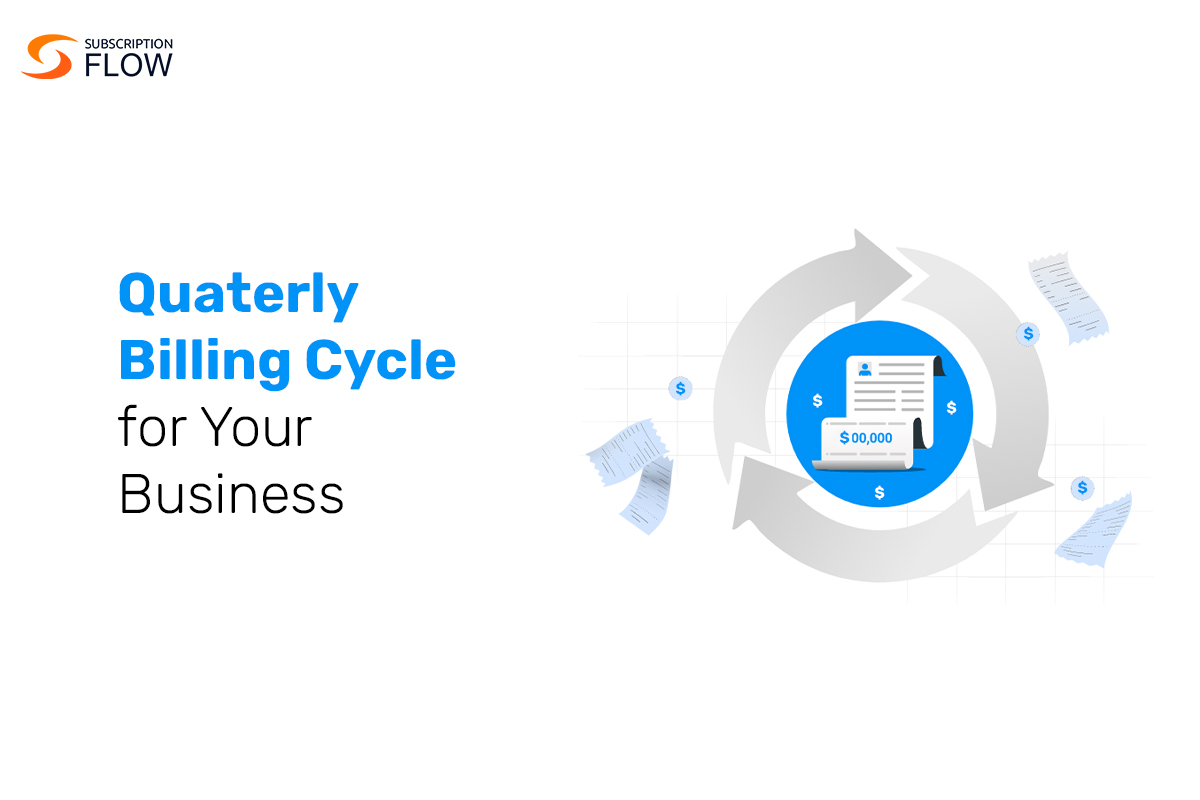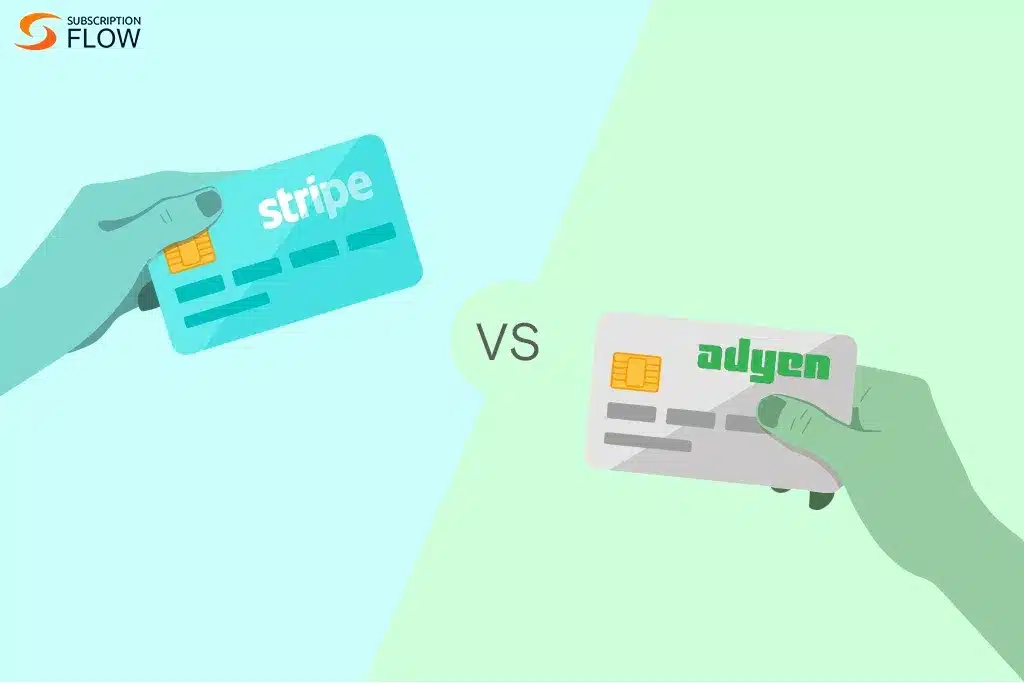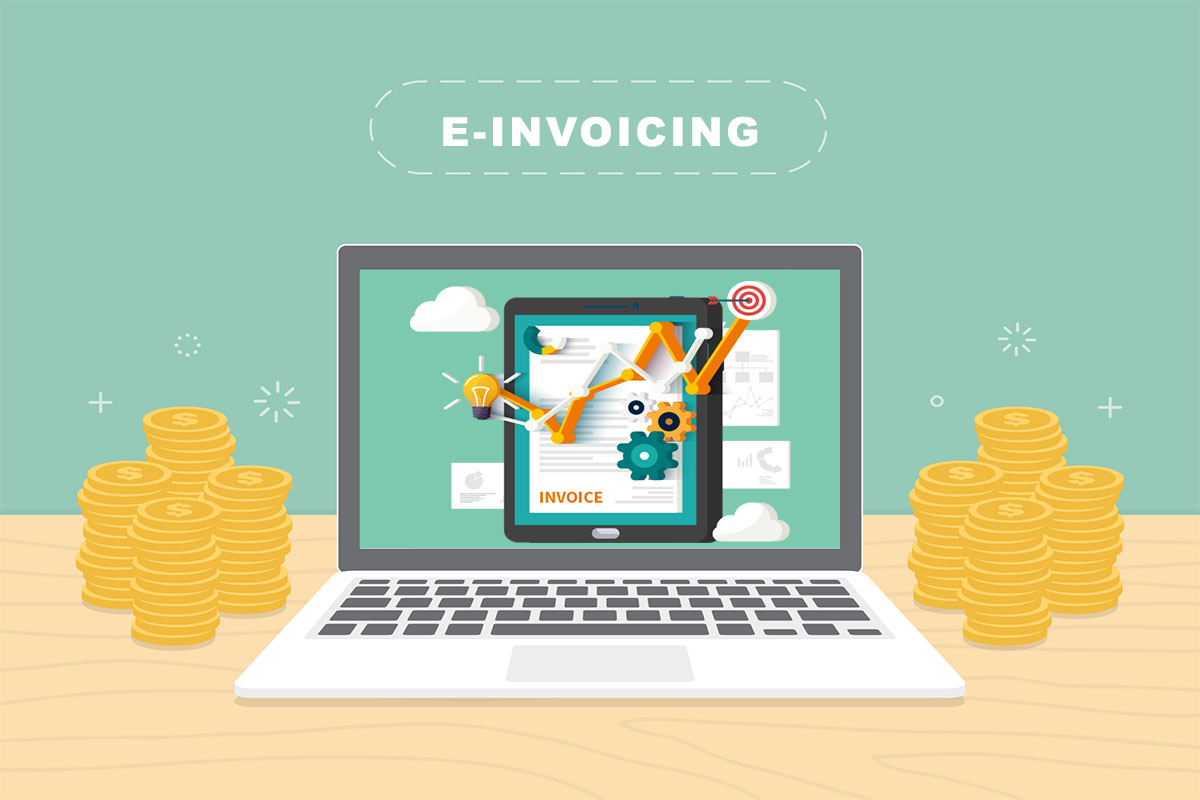
Optimize Your Subscription Business Revenue by Deciding on the Right Billing Cycle
Every business charges its customers depending on the products or services purchased by the customers. However, in the subscription business market, the same happens except for one thing. Here, customers are recurrently charged because the one-time purchase scenario is not part of the subscription business market. Whether it is the SaaS industry or OTT platforms, to them, there are no customers but subscribers.
Subscribers continuously use products and services. When they use recurrently, their billing cycles are planned and crafted depending on the usage. In the subscription business world, billing completely depends on the usage.
If you are deciding on the billing cycle for your subscription business or if your billing cycle is not performing as per expectations, then this blog is for you.
Also Read: The Billing Frequency That Suits Your SaaS Subscription Business
What Is a Billing Cycle?
During a billing cycle, a business or service provider computes and produces bills for the goods or services they have delivered to their clients. These billing cycles can vary in length i.e. monthly, weekly, quarterly, bimonthly etc.
As the name suggests, billing is a complete cycle that is completed after different phases. Before we take you to the quarterly billing, it is important to clarify the idea of the billing cycle.
Time Period
The billing cycle establishes how long customers will receive the company’s services or goods. For instance, a customer receives goods or services for a month before being billed in a monthly billing cycle.
Invoicing Process
Here comes the invoicing process that interacts with the billing cycle. An invoice is generated to let customers know how they are being billed.
Disputes & Adjustments
For subscription businesses, it is crucial to do accurate billing and generate accurate invoices. However, mistakes can happen, especially, if you do subscription billing manually, then mistakes are evident. So, it is common for customers or subscribers to ask for adjustments in their billing. In the subscription business market, it is important to adjust bills because customer relations depend on billing.
Payment Processing
Next, there comes payment processing. Again, online payments are a complete process. There are involved integrations with payment gateways.
You see, the billing cycle is not the only cycle that runs for a subscription business. There are other processes that run side by side for seamless workflow.
Types of Billing Cycles
Coming towards the types of billing cycles, depending on the nature of the business and revenue targets, the billing cycles are set accordingly. There can be the following types of billing cycles that subscription businesses usually opt for:
1. Monthly Billing Cycle
The most common type of billing cycle is the monthly billing cycle which is completed at the end of every month. This billing cycle is frequently practiced in utility businesses.
2. Quarterly Billing Cycle
Then comes the quarterly billing cycle. In this billing cycle, the time frame of a year is divided into 4 quarters. And customers are billed when a quarter of 3 months is completed. This billing cycle can be followed by SaaS companies when they offer their cloud-based platforms and system maintenance services for a long time.
3. Weekly and Biweekly Billing Cycle
In the weekly billing cycle, customers are billed after every month. However, in the case of biweekly billing cycles, the customers are given their bills or invoices after two weeks. Temporary staffing and car rental services usually opt for such billing cycles. Some magazines also opt for weekly or biweekly cycles because they send their periodicals after a week or two weeks so subscribers are billed accordingly.
4. Annual Billing Cycle
Here, the customers are billed after a year. Again this billing cycle where the time frame is lengthy is being followed by companies that offer SaaS software licenses of use etc.
Also Read: Yearly vs Monthly Billing: Which Pricing Model Should You Choose?
How Quarterly Billing Cycle Optimizes Recurring Revenue?
Now, it is very important to discuss the billing model that can help subscription businesses optimize or maximize their recurring revenue. The quarterly billing cycle is one of the most appropriate for SaaS businesses because it is not too lengthy like an annual billing cycle or too short like a monthly or weekly billing cycle. It helps businesses in the following ways:
Customer Retention
Quarterly billing can improve customer retention by reducing the frequency of payments and billing-related interactions. It is convenient for customers to manage fewer invoices and payments against them.
Predictable Cashflow
When subscription businesses opt for quarterly billing, it is convenient for them to manage and plan their finances. Over the period of three months, the finances and revenue become more predictable as well as manageable for subscriptions-based companies.
Fewer Payment Delays
Three months of time is sufficient for medium to larger enterprises to pay off their subscription bills which creates a win-win for both retailers and subscribers. This consistency in payment timing helps businesses maintain a steady stream of revenue.
Hopefully, your confusion regarding billing cycles will be resolved by now. Whether you want to implement monthly billing, quarterly, or annual as your SaaS billing cycle, you can adopt SubscriptionFlow as your subscription management platform. An automated subscription billing platform is always required for efficient billing, in-time payments, and revenue predictability.
Waste no more time rather schedule a demo for SubscriptionFlow and get your billing cycle implemented seamlessly. Our system is efficient enough to implement even more than one billing cycle for you.










